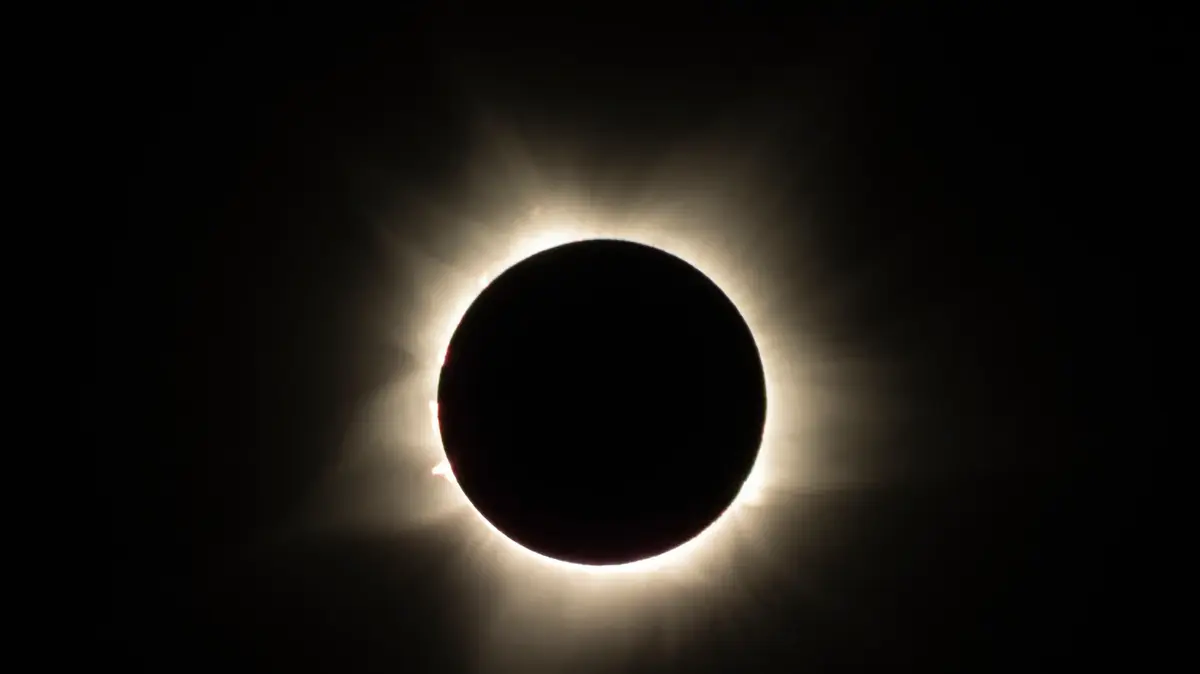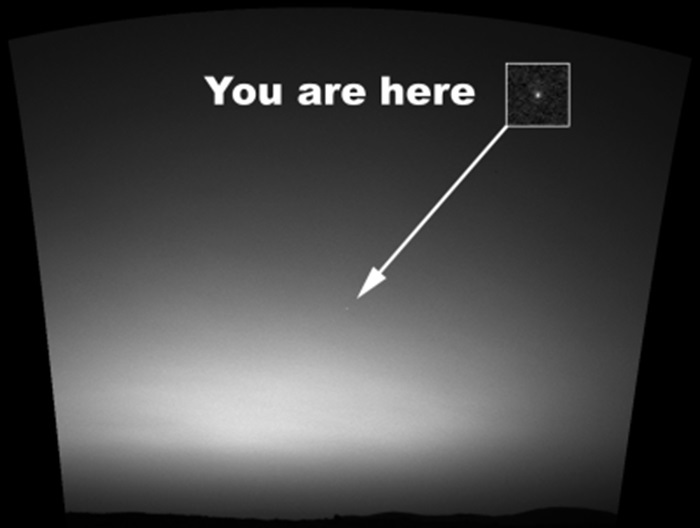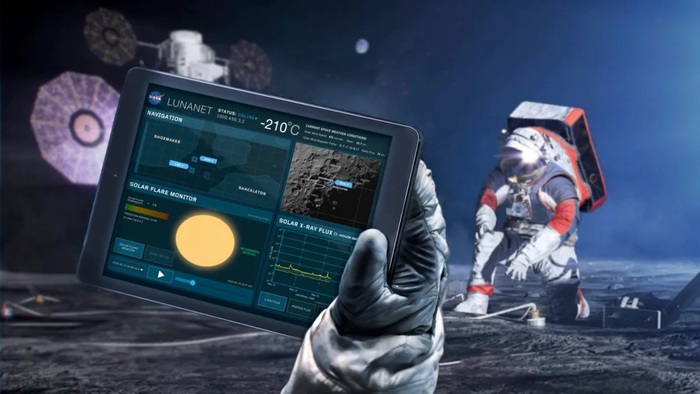The asteroid Kamo'oalewa orbits the Earth like a second moon. The evidence is increasing: the asteroid could once have been part of the moon.
The Moon is not the only celestial body orbiting the Earth. Several so-called quasi-moons do the same, and researchers have only just found the latest of these mini-moons. Since 2016, it has been known that the asteroid (469219) Kamo'oalewa also orbits the Earth. Back in 2021, a research team suggested that Kamo'oalewa must be related to the moon. A new study now supports this theory.
In 2021, a research group led by astrophysicist Benjamin Sharkey (University of Arizona) found that the material most closely resembles the rock that NASA astronauts from the Apollo 14 mission brought back to Earth from the moon. The research team that published the latest study on Kamo'oalewa approached the issue differently and looked at its orbit. "Given its Earth-like orbit and its physical resemblance to materials on the lunar surface, we are investigating the hypothesis that Kamo'oalewa may have formed as a fragment of debris from a meteorite impact on the lunar surface," says the paper by Jose Daniel Castro-Cisneros (University of Arizona) and two colleagues. The study has been published on the arXiv preprint server and has not yet been peer-reviewed.
New study: Is the asteroid Kamo'oalewa a fragment of the moon?
For their study, the three researchers developed computer models that they used to investigate how particles knocked out of the moon by a collision behave. Most of the particles in the simulation left the surroundings of the Earth and the Moon and moved in orbits around the Sun – which is hardly surprising considering that the Sun's gravity affects everything in the Solar System.
The Moon – One celestial body, many facets
The Moon – One celestial body, many facets
All the particles that went into orbits similar to Kamo'oalewa in the simulation had one thing in common: their launch speed. "The most favorable conditions are launch velocities slightly higher than the escape velocity from the far hemisphere of the moon," the paper says.
The moon is dotted with craters - one of which could have come from Kamo'oalewa
The fragments of the moon orbiting the Earth in the simulation had speeds of more than 2.4 kilometers per second (8640 km/h). Researchers know that impacts on the moon occur at speeds of up to 55 kilometers per second. When impacting at these speeds, fragments can reach speeds of up to 6 kilometers per second - significantly faster than they would need to become to enter a Kamo'oalewa-like orbit. So it is quite possible that a meteorite knocked a piece out of the moon, which then landed in Earth orbit.
+The asteroid Kamo'oalewa orbits the Earth like a second moon. (Symbolic image)
© imago/CHROME ORANGE
There are numerous craters on the moon - one of them may have formed when Kamo'oalewa was knocked out of the moon by a meteorite. However, it is still unclear which crater comes into question. "We leave it to a separate study to investigate whether a lunar crater of appropriate size, age, and geographic location is consistent with the lunar ejections hypothesis for the origin of Kamo'oalewa," the researchers write.
China plans space mission to Kamo'oalewa
Tangible evidence of Kamo'oalewa's origin could reach Earth as early as the next few years: China plans to launch the "Tianwen 2025" mission in 2, which is to head for Kamo'oalewa. The Chinese spacecraft is expected to take soil samples and even land on the small celestial body before returning the samples to Earth. By then, at the latest, researchers should find out whether Kamo'oalewa is actually a fragment of the moon. (tab)
Category list image: © imago/CHROMORANGE








